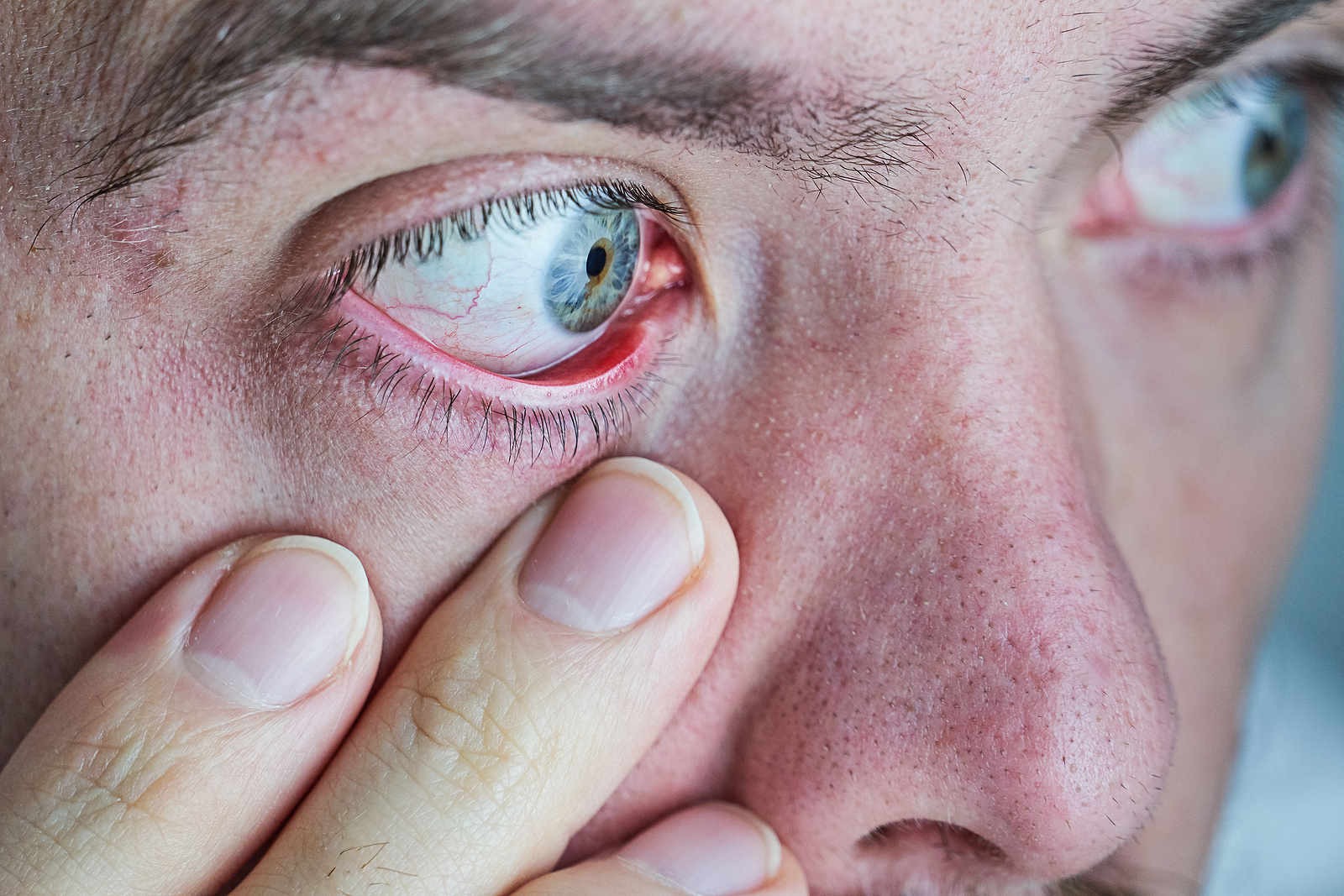Dry Eye Relief
What Is Dry Eye?
Dry eye is a condition where either we don’t produce enough tears to lubricate the surface of the eye or we don’t produce enough good quality oil for the tears to minimize evaporation of the tears from the surface of the eye or both.
Symptoms of Dry Eye
Dry eye symptoms are most prominently experienced as the eyes feeling
- Dry
- Irritated
- Tired
- Scratchy
- Blurry

Causes of Dry Eye
Age
As we get older, the lacrimal gland (tear gland) produces less watery tears and the meibomian glands (eyelid oil glands produce a poorer quality oil for the tears
Diseases
Diabetes, Sjogren’s and Parkinson’s
Hormonal changes
Especially after menopause
Prescription medications
Including high blood pressure medications, antihistamines, diuretics, antidepressants, and more
Over-the-counter medications
Including cold and allergy products, motion sickness medications and sleep aids
Hot, dry or windy conditions
Air-conditioning in the summer and heating in the winter can also cause dry eye by increasing the evaporation of tears
Reading, using a computer, watching TV
A decrease in blink frequency will increase tear evaporation
Eye surgery
Surgeries can aggravate dry eye and may gradually improve over time
Inflammation
Chronic inflammation in the meibomian glands can cause decreased oil production causing tears to evaporate too quickly.
Diagnosing Dry Eye
The team at Lipstock LASIK & Cataract Center can check for dry eye by examining your eyes with magnifying instruments and measuring your rate of tear production. We also check for pinpoint scratches on the front surface of the eye caused by excessive dryness using colored eye drops called fluorescein or Rose Bengal.
Dr. Lipstick also uses the TearLab Osmolarity System® to measure the saltiness of your tears. By sampling a drop of tear fluid, we can determine if an increase in salt content is damaging the surface cells of the eyes. The results of this test allow Dr. Lipstick to recommend the most effective treatment plan for your needs.

Treatments
for
Dry Eye
The most common treatment for dry eye is the use of artificial teardrops that help make up for the lack of lubricating tears. Artificial tears come in liquid form, longer-lasting gel form, and long-lasting ointment form, which is often recommended for overnight use.
When infections, inflammation of the eyelids, or clogged oil glands contribute to dry eye, special lid cleaning techniques or antibiotics may be recommended.
The most common treatments recommended by Dr. Lipstick include:
- RESTASIS® drops help the eyes produce more tears by reducing inflammation. Unlike artificial tears, RESTASIS is the first prescription drug proven to effectively treat a cause of Dry Eye Disease rather than temporarily alleviating symptoms.
- Punctal Occlusion is a medical treatment for dry eye that enables your eyes to make better use of the few lubricating tears they produce.
- HydroEye® is a good Omega 6 oral supplement that has been proven to treat a cause of Dry Eye Disease.
- Steroid Eye Drops prescribed by Dr. Lipstock can be effective in alleviating the discomfort of Dry Eye Disease by treating the inflammation that causes dryness.